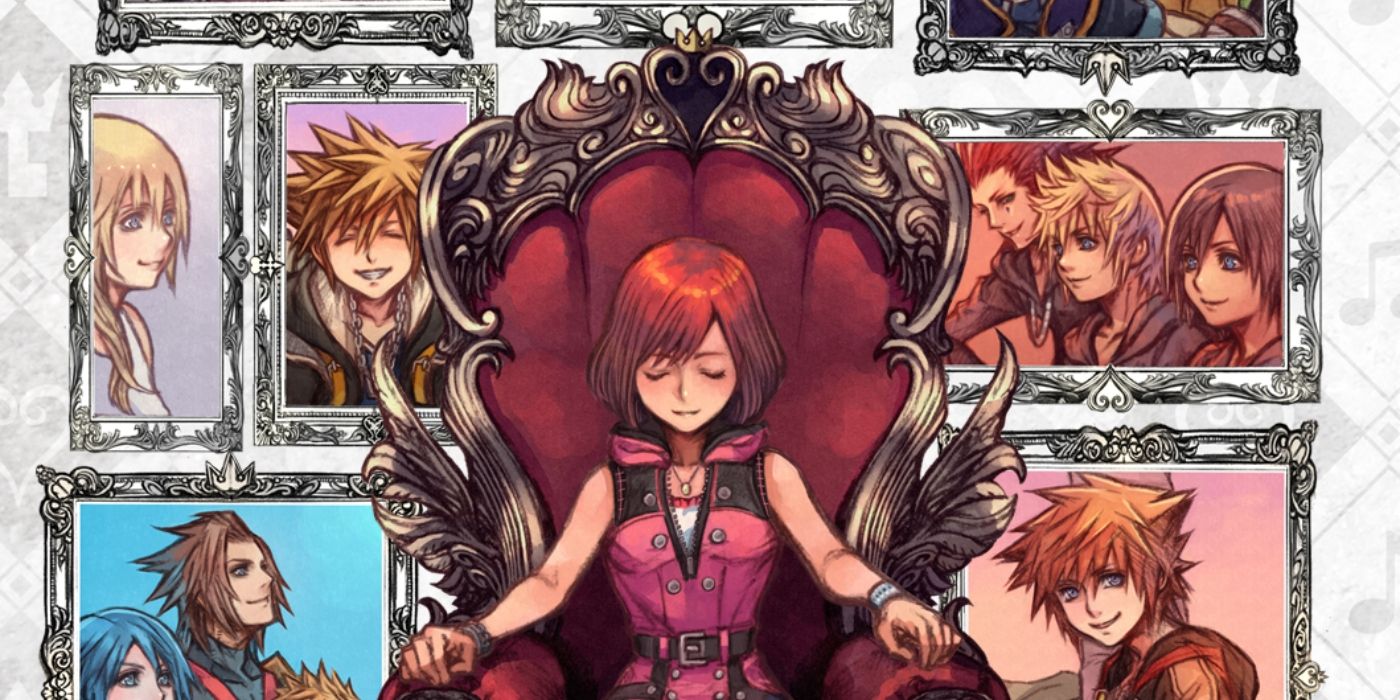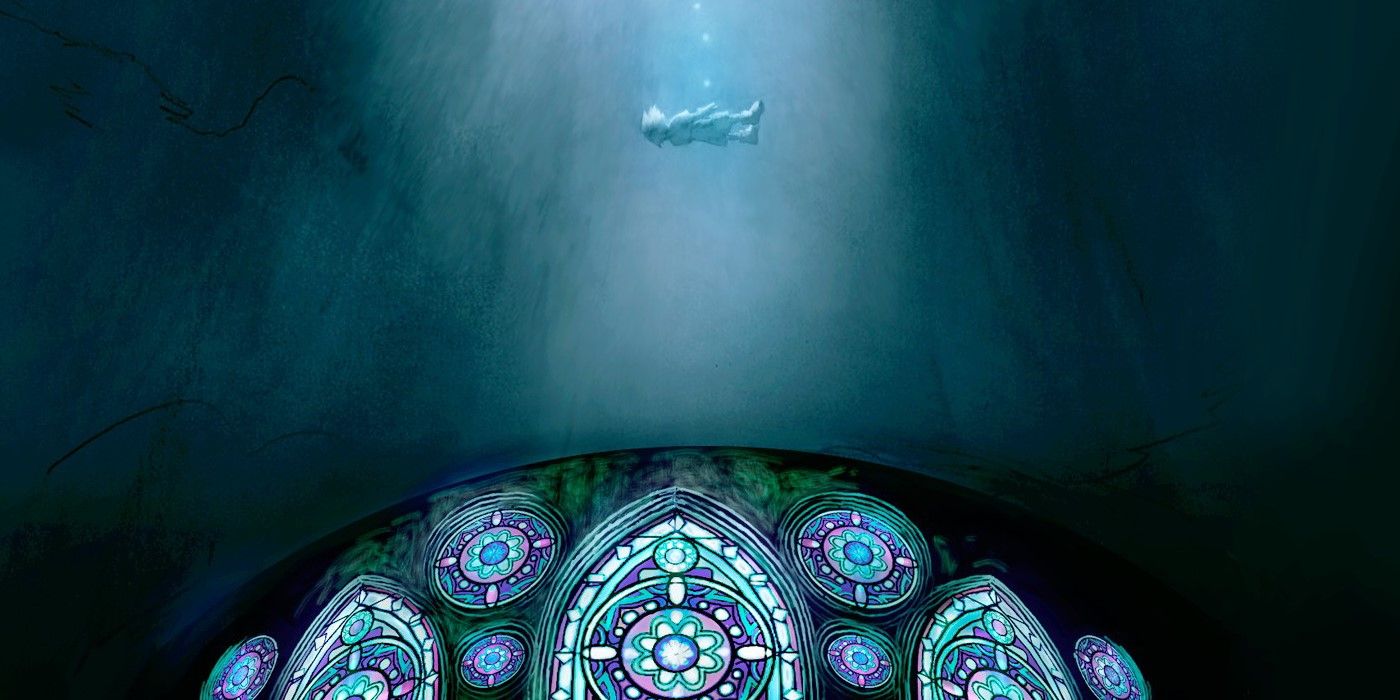Since 2002, the Kingdom Hearts franchise has told action-packed and emotional stories that weave together into an epic that's all about darkness and light. However, as more games have released, it has become harder to explain the story. Not only is it complex and convoluted, but the series has released a lot of prequels and sequels, meaning they aren't in chronological order -- or even on the same consoles. However, while this may be off-putting to potential newcomers, the is logic within this chaos that ties into the core theme of the series.
The franchise's story begins as a tragedy from Kingdom Hearts: Union χ Dark Road to Kingdom Hearts: 358/2 Days. In that time, the characters experience the beginnings of Master Xehanort's plans and lose friends along the way. As he uses the Darkness to create new enemies, it begins to affect and change the world around him. A great example of this is how Radiant Garden becomes Hallow Bastion due to the effects of Xehanort's plan. Similarly, the haphazard releases of the games have metaphorically become a by-product of that plan, resulting in sporadic storytelling.
When a person roams through the dark alone, it can be disorienting, scary and even misleading. There is also a degree of loneliness as they reach out to find something to grasp and nothing is there. Similarly, as each Kingdom Hearts game releases out of order, it represents the darkness that has taken over the franchise. It often seems like there is no order or logic, only fragments of a much larger story. However, by the end of Kingdom Hearts II, there is a glimmer of hope that shines as franchise protagonist Sora gains more friends to join him in the fight against the Darkness.
The hope Sora feels reflects all of the good that has come from the haphazard release schedule of the series. At the time of Kingdom Hearts II, the series was just starting to become confusing, but when all hope seemed lost, certain aspects start to make more sense. Prequels began to release, like Birth by Sleep, which gives context to the terrible things that happened to put the universe in its current state. By Dream Drop Distance, Sora and his friends finally reunite and become a spotlight in the darkness; similarly, each subsequent release has illuminated more of the developer's grand scheme.
However, some games and characters shine their own lights through the darkness. Kingdom Hearts 2.8 Final Chapter Prologue and Union χ Dark Road serve as bookends to the story before Kingdom Hearts III. While the franchise continues to release games that add more story and make things more confusing, previous releases provide context, making things easier to follow -- in other words, they are clearing the darkness.
Kingdom Hearts III represents the payoff to a long, confusing story and an even more frustrating release strategy. However, in a strange way, it's also a thematic masterpiece. The game rewards the fans who stuck with the franchise by showing them how everything fits together. With each game, the characters wandered in the dark, unaware of where they were headed. Still, as they reunited, they became braver and conquered enemies they couldn't understand at first. The series' out-of-order releases mirror this crawl through the dark into the light, as everything comes together for players and characters alike.


